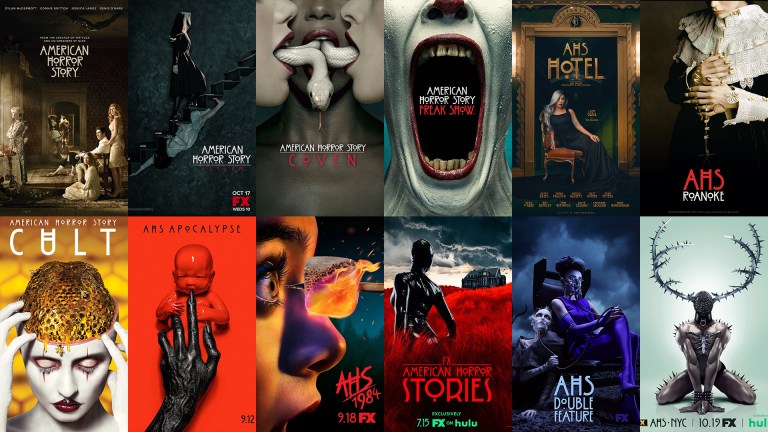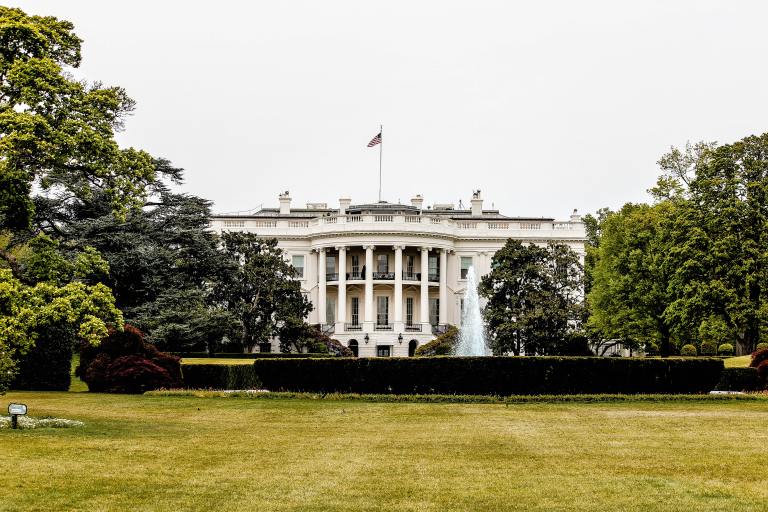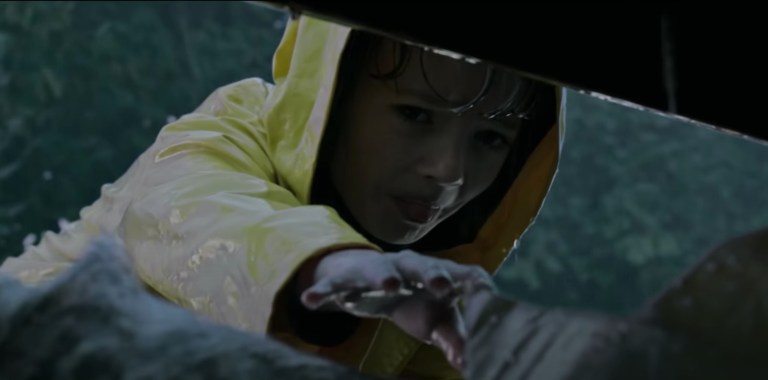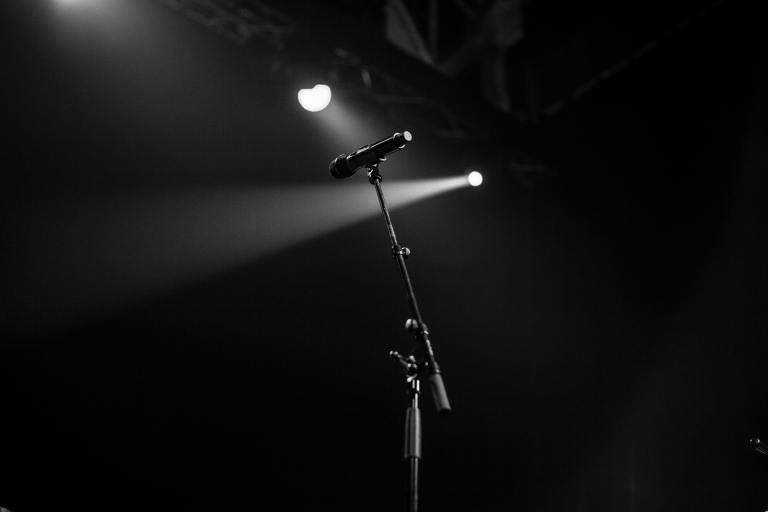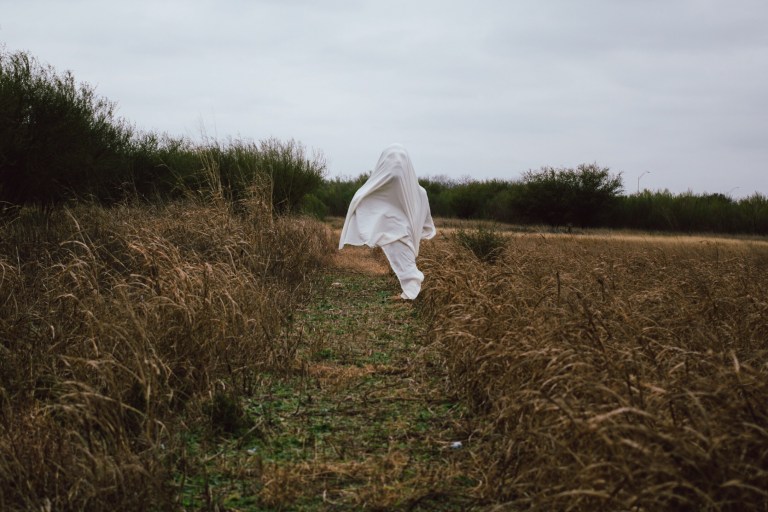The Beautiful And The Damned: G-Eazy And The Dark Underside Of The American Dream
But somewhere along the way, success had become bittersweet. Life had become a series of stepping stones en route to a moving destination, a blur of cities viewed through the window of a tour bus.
By ![]() Yehong Zhu
Yehong Zhu

“Young with too much cash, watch how I came up fast
They say I’m next to get it
They bring your name up last
And while I made it splash, rappers came and passed
But still I ask myself
How long does famous last?”
— G-Eazy, Almost Famous
ALMOST FAMOUS
G-Eazy’s meteoric rise to fame has taken the nation by storm.
His song “Me Myself and I” recently topped the Billboard Top 100 in Pop at #1, while his newest album, “When it’s Dark Out,” debuted at #3. He has performed at Coachella, Lollapalooza, and Van’s Warped Tour, and toured with some of the biggest names in hip-hop—including 2-Chainz, Drake, and Lil’ Wayne. On top of his musical accomplishments, he’s also cultivated a signature look: he was named one of GQ’s best-dressed men at New York Fashion Week in 2015.
G-Eazy’s distinctive look and feel hearkens back to his carefully curated aesthetic: the slicked-back hair and 50’s feel of a modern-day James Dean; the sharp tongue and slick beats, often employed over smooth soul samples; the familiar arrogance, worn like a fitted leather jacket to supplement his invincible cool; and beneath it all, the almost boyish vulnerability of a lanky white 6’4” rapper who has paid his dues to live the American Dream.
A short decade ago he was a teenager in Oakland living vicariously through his musical heroes. As he explains in “Endless Summer,” he was “inspired by the likes of Yeezy, Keith Haring Lil Weezy, Jean-Michel Basquiat to Jeezy, Banksy to the Beatles, Johnny Cash to the Beaters” to become “a legend.” He had no money, no connections, no father in his life, nothing but his ambition and his unshakeable teenage conviction that one day he, too, would be one of the greats.
Four years ago, G-Eazy had been catapulted into the national spotlight for his cover of 1961’s #1 hit song, “Runaround Sue”. He had retrofitted an old anthem for a new generation, rapping about his love interest (played in the music video by then-girlfriend Devon Baldwin) running off with some other guy, all to the finger-snapping catchiness of a classic hit. That was the turning point—the catalyst that invited industry recognition and mainstream attention for the first time, the spark that jump-started his increasingly promising career.
So last year when he released “Me Myself and I” with vocals from French artist Bebe Rexha, the surprise wasn’t that G-Eazy had finally broken through to the Billboard Top 10. The surprise was that the party anthem that had exploded worldwide was a song in which G-Eazy talks about his wish for privacy, his anxiety around strangers, and his inability to escape from the lavish life he’d assembled for himself. The fact that this was his breakthrough single—that these were the four minutes that rang true with millions of listeners—are symptoms of a deeper national disillusionment. They are a sign that G-Eazy’s draw extends beyond his sex appeal, slick beats, and millennial accessibility; a sign that he may have hit upon something universal to our time.
“Society right now, it almost feels like the twenties,” he said in an interview with Elle Magazine. “There is this overindulgence and partying and drinking and going out and there is this, like, darkness to it—you can’t just overindulge to that level without any repercussions in the big picture.” Which is not to say that he doesn’t partake. He never fails to immortalize his nouveau riche lifestyle through his music. Just as 16-year-old Gerald lived vicariously through his favorite artists, so G-Eazy’s eulogies to his vices serve as outlets for his fans to live vicariously through him.
But if you were to trace the arc of his career through his albums, you might find an aftertaste of emptiness in his lyrics. It’s the sentiment he articulates in “Me Myself and I”: an aura of jadedness that leaves fans begging for more, an undercurrent of post-recession millennial ennui masked, if barely, by the ever-indulgent finitude of youth. Like Lana del Ray before him, G-Eazy is the fantasy embodiment of a generation of white middle-class Americans hungry for the glamour of the past. As he asserts in his track, “Random,” he’s “got it all”—he’s “young rich and handsome,” a modern-day Jay Gatsby with a penchant for glorifying decadence and success, craving the very spotlight he claims to disdain, and teetering, with careless familiarity, on the brink of collapse.
YOUNG GERALD: THEN AND NOW
I first saw G-Eazy live at a concert in Milan, opening for Nicky Minaj’s Eurostar tour in the summer of 2015.
He was wearing a typically minimalist ensemble (bleached white t-shirt, shredded black skinny jeans), sporting his signature haircut (slicked bangs, clean fade), and clutching a microphone to his mouth like it was the megaphone through which he would preach his gospels to the world.
To the predominantly Italian audience who had paid to see Nicki perform, he was just another opener, rapping virtually unknown among a sea of nonbelievers. But he did have at least one starstruck evangelist in attendance. In blatant contrast to the rest of the crowd on that sultry midsummer evening, I was screaming at the top of my lungs, jumping up and down to the bass, and belting out lyrics I could recite in my sleep. To me, G-Eazy was the star of the show.
Born Gerald Earl Gillum on May 24, 1989, young Gerald had grown up in Oakland, California, where he would spend his adolescence rapping with friends in his bedroom after school. Adopting the music and urban culture of the Bay Area’s fading hyphy movement, he would don rainbow snapbacks and chunky gold chains, record mixtapes that would reverberate through the speakers of local house parties, and embody the persona of a classic American high school rapper—ladies’ man and all.
As a student in the Music Industry Studies program at Loyola University, he used college as a springboard for his hip-hop career. He spent countless hours recording tracks in his dorm room and selling homemade CDs on the streets of New Orleans. He built up his early fanbase through MySpace, found mentors in established hip-hop stars, and eventually received attention from a number of record labels. And in a landmark rebranding effort, he shed his former look for the clean-cut vintage aesthetic he’s famous for today.
Eventually, the hard work paid off: he went from selling 20 CD’s on a good day in 2011 to topping 265,000 album sales on the national hip-hop charts in 2016. Crucially, he’s never taken his success for granted. A perpetual workaholic, he’s played over 300 shows and rarely spends any time at home. “I’ve always had this drive, this entrepreneurial spirit inside of me, so music became a vehicle for that,” he explained in an interview with The Guardian. “I knew I wanted to do something, and create something on my own, and become somebody and build a brand.”
Some would say that G-Eazy’s gotten everything he’s chased after. Combining his outpouring of charisma, hype, and sheer energy with sleek fashion choices and a magnetic onstage presence, G-Eazy is a celebrity whose empire is growing every day. But fame is a fatal elixir: sweeter than sugar at the outset, a slow-acting poison once inhaled. A sentiment that Gerald acknowledges with open eyes. “You know the lifestyle and the fame is a drug—as hard of a drug as anything in the world,” he told Elle. “The reality is that it doesn’t last all that long, for the most part.”
FAR ALONE
In his aptly-named novel The Beautiful and Damned, F. Scott Fitzgerald once explained that things are sweeter when they’re lost. “I know,” he wrote, “because once I wanted something and got it. It was the only thing I ever wanted badly. And when I got it, it turned to dust in my hands.” A recurring commonality with the Gatsby-esque protagonists in his books—glamorous men with money and power and status, always stylishly attired for the next party—is the resounding emptiness of their seemingly perfect lives.
Like Gatsby, G-Eazy must have at one point felt like the Dream was just within his grasp. His latest album rocketed him to the top of the charts, monetizing his notoriety to finance the lifestyle he had always desired; he was playing sold-out shows under confetti-infused spotlights; the radio was finally playing his songs; the world, finally remembering his name.
But somewhere along the way, success had become bittersweet. Life had become a series of stepping stones en route to a moving destination, a blur of cities viewed through the window of a tour bus. One wonders how much of the disillusionment—parsed in the off-moments between photoshoots and concert tours, distilled into the lyrics for the latest bite-sized 4-minute single, and made fit for public consumption—remained after the party ended, a point of darkness in the midst of an illustrious career.
Yet at the end of the day, G remains grateful. “[The Billboard chart position] validates that I’m not so psycho, that I wasn’t crazy this whole time, that I believed in something that was real and would eventually come true,” he says in an interview with Fuse. “Numbers are real…it shows that the fans are really out there supporting, and that’s love. But really, it’s all just the beginning. We’re just getting started, and that mountain is real big. So we just continue to climb.” ![]()
